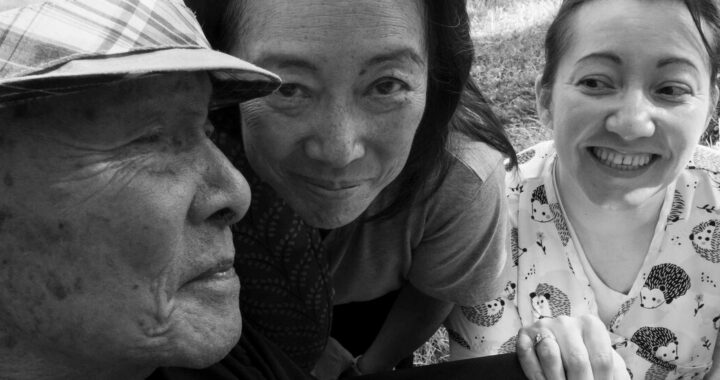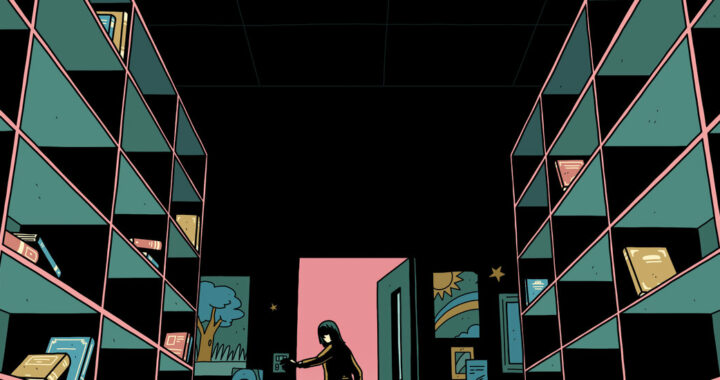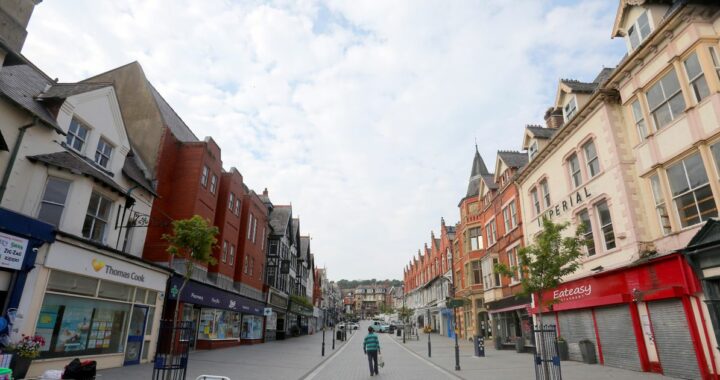Opinion | Arrest Isn’t a Good Path to Addiction Treatment
6 min read
After Cody Bohanan, 24, was locked up on a charge related to possession of drug paraphernalia in 2021, he told the staff at Butler County Jail in Ohio that he was withdrawing from opioids. His cellmates saw him vomiting blood. They implored guards to intervene.
But outside of having his vital signs purportedly checked a few times by paramedics, Mr. Bohanan received no medication or treatment for his withdrawal. He died five days into his jail sentence. Two months later, Diann Pink, a 58-year-old grandmother arrested on a charge of drug possession and driving under the influence, died in the same jail, from the same cause — complications of opioid withdrawal.
Recently, journalists have questioned whether policies that avoid jailing people like Ms. Pink and Mr. Bohanan for low-level drug crimes while continuing to penalize dealers — known as decriminalization — are working or are counterproductive. They point to recent rises in overdoses and disorder like public drug use in Oregon, which decriminalized small amounts of drug possession in 2021, and in Portugal, which decriminalized drug possession in 2001 and was the model for Oregon’s law.
People tend to assume that arrests for possession result in offers of treatment, and that treatment is available for anyone in jail who wants help. Some claim that arrests help people with addictions “hit bottom” and choose to stop using, even without treatment. But as the Butler County cases illustrate, arrest and incarceration often block access to treatment rather than bolster it. A 2021 study by Columbia University researchers found that between 1987 and 2017, deaths from overdose, suicide and infectious disease climbed in concert with county-level incarceration rates.
Precise data on how often possession arrests result in treatment offers is difficult to find, since this varies by jurisdiction. But experts say people like Mr. Bohanan and Ms. Pink are rarely offered timely, evidence-based treatment.
Brandon Del Pozo, a former New York Police Department officer and police chief for Burlington, Vt., is now an assistant professor of medicine at Brown University. When asked what percentage of people arrested on low-level drug charges get rapid access to treatment, he said, “Almost none, ever.”
The media and the public often seem unaware of this. Parents may assume that incarceration means treatment, or that it at least reduces their children’s risk of dying. “What I’ve heard from parents is, ‘Well, when my child was in jail, I could at least sleep at night knowing they were safe,’” said Dr. Tamara Olt, the executive director of Broken No More, which supports families of overdose victims. She lost her own 16-year-old son to overdose. She added: “It’s simply not true. They don’t get help.”
Indeed, most jails provide little or no aid for withdrawal symptoms — let alone full-fledged rehab. Outside of correctional facilities, death from opioid withdrawal is rare because it typically results from dehydration, which is easily treated with intravenous fluids.
But only 54 percent of jails surveyed by the Department of Justice in 2019 said they provided any withdrawal treatment. As of 2021, only around 13 percent of correctional facilities publicly reported having some form of ongoing medication-based treatment program for people with opioid use disorder, according to the Jail and Prison Opioid Project.
Dr. Olt, who is based in Illinois and now treats addiction, said that she constantly fights to get patients’ prescriptions refilled if they are incarcerated and that starting new patients on medication is nearly impossible in Illinois jails.
Misconceptions about drug courts — which offer treatment instead of punishment to people who are accused of drug-related crimes — also confound the debate over drug decriminalization. There’s a common assumption that drug courts focus on possession cases and therefore would be endangered by decriminalization. But these courts overwhelmingly deal with more serious addiction-driven offenses, like drug dealing and property crime — and research finds that they are more likely to be effective for these higher-risk cases.
There is no association between the number of drug arrests a state makes and the amount of drug use it has. And people with the most serious addictions rarely get treatment as a result of arrest or prosecution: National data shows that only around 13 to 16 percent of people treated for opioid addiction were referred for treatment by the justice system. When courts do refer people with opioid addiction to treatment, patients rarely get recommended medications.
The deadliest addiction — to opioids — is exacerbated by the cycles of incarceration and release that often result from possession arrests. In the first two weeks after release, overdose death risk is three to eight times higher than at other times. Yet only 25 percent of jails provide overdose reversal medication upon release to mitigate this risk.
Racial disparities also illustrate the lack of effectiveness of criminalization as a path to care. Black people are at least twice as likely to be charged with drug crimes as white people are, despite similar rates of use and sales. If criminalization boosted treatment, Black people should have greater access to care. But a 2023 national survey found that they are less likely to get treatment: 51 percent of white people with addiction in their family reported that addicted relatives got treatment, compared with 35 percent for Black families.
Critics of decriminalization have claimed that Portugal’s policy only worked at first because possession arrests were replaced by police citations that could result in forced treatment. They say that Oregon’s policy is failing because it lacks these teeth. But coerced treatment was never a fundamental aspect of Portugal’s policy. Dr. João Castel-Branco Goulão, the architect of Portugal’s drug policy, has said that treatment is “not mandatory,” even with repeated citations. “It’s a moment to reflect.”
Instead, Portugal’s success in sharply reducing overdose deaths and new cases of H.I.V. among drug injectors between 2001 and 2011 was achieved largely by a huge expansion of voluntary care.
As in much of the rest of the world, Portugal had an increase in overdose deaths in the past decade. But its rate in 2021 — roughly seven per million residents, a total of 74 deaths — is less than the European Union rate for that year of about 18 deaths per million. The American rate that year was larger by more than an order of magnitude — 321 per million. And Portugal’s recent increases in rates of adult drug use (again, still below the E.U. and American averages) and overdose occurred only after the budget for outreach and treatment was cut by 79 percent starting in 2012.
Portugal’s approach worked when it expanded treatment and outreach. And that’s what Oregon is doing with some $265 million in annual marijuana sales tax revenue now directed to increase access to voluntary care. Over the second half of 2022, there was a 44 percent increase in the number of people in the state receiving addiction treatment.
Since the state started with the worst level of treatment access in the country, it is not surprising that overdose rates haven’t yet been reduced. Homelessness and other signs of disorder, like public drug use and disturbing behavior, are rising in cities across the United States with high housing costs regardless of their drug policies. Oregon had no greater increase in 911 calls related to disorder than states that did not decriminalize.
Shifting priorities and funding to provide high-quality treatment and other supports for recovery like housing take time. Our failure is a century of criminalization — not much-needed attempts to end it.
Maia Szalavitz (@maiasz) is a contributing Opinion writer and the author, most recently, of “Undoing Drugs: How Harm Reduction Is Changing the Future of Drugs and Addiction.”
The Times is committed to publishing a diversity of letters to the editor. We’d like to hear what you think about this or any of our articles. Here are some tips. And here’s our email: [email protected].
Follow The New York Times Opinion section on Facebook, Twitter (@NYTopinion) and Instagram.
Source: Read Full Article






